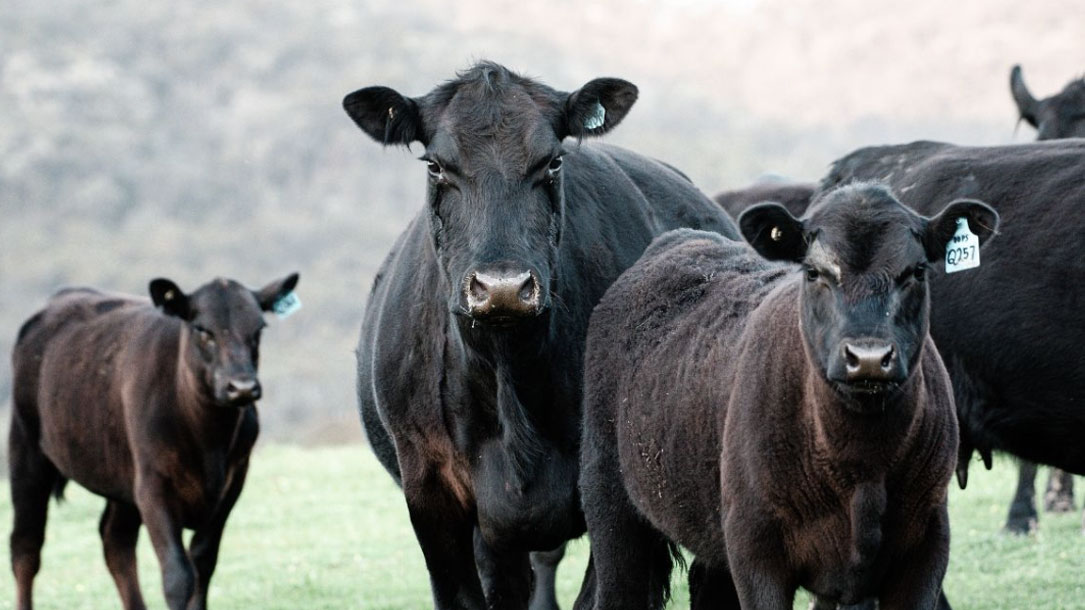
Regenerative grazing to mitigate climate change
Working with numerous partner organizations, team members from the four major Triangle research universities (Duke, NC Central, NC State, UNC) developed healthy soils policy recommendations for North Carolina, as well as tools to help producers and policy-makers understand the potential of grazing…

Spanish vineyards use solar panels to protect wine grapes
While combining solar energy and agricultural land is not new, one component that makes the Winesolar project stand out is that it will have a tracking system, with trackers from PVH, that uses artificial intelligence (AI) to determine the most efficient solar panel positioning over the vines at any time, according to Iberdrola. Techedge, an IT firm, will help the solar panel project further the wineries’ agricultural goals.
Sensors in the vineyards will record data including soil humidity, wind conditions, solar radiation, and even vine thickness to find the optimal position for the solar panels, giving the vines a fighting chance against the effects of climate change…
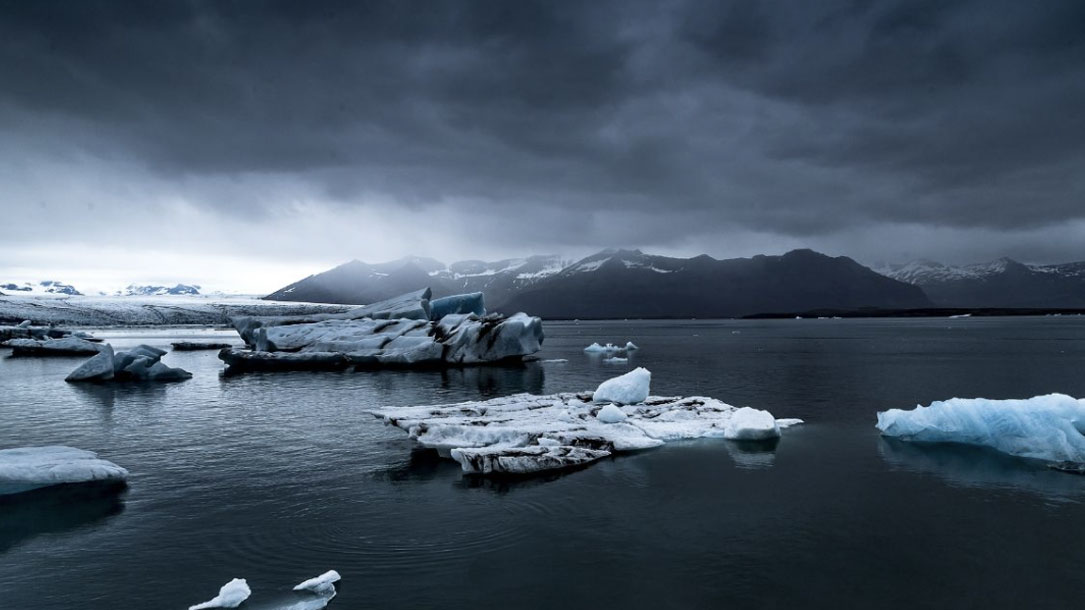
Climate change drives rapid decadal acidification in the Arctic Ocean from 1994 to 2020
The Arctic is warming at a rate faster than any comparable region on Earth, with a consequently rapid loss of sea ice there. Qi et al. found that this sea ice loss is causing more uptake of atmospheric carbon dioxide by surface water and driving rapid acidification of the western Arctic Ocean, at a rate three to four times higher than that of the other ocean basins. They attribute this finding to melt-driven addition of freshwater and the resulting changes in seawater chemistry.
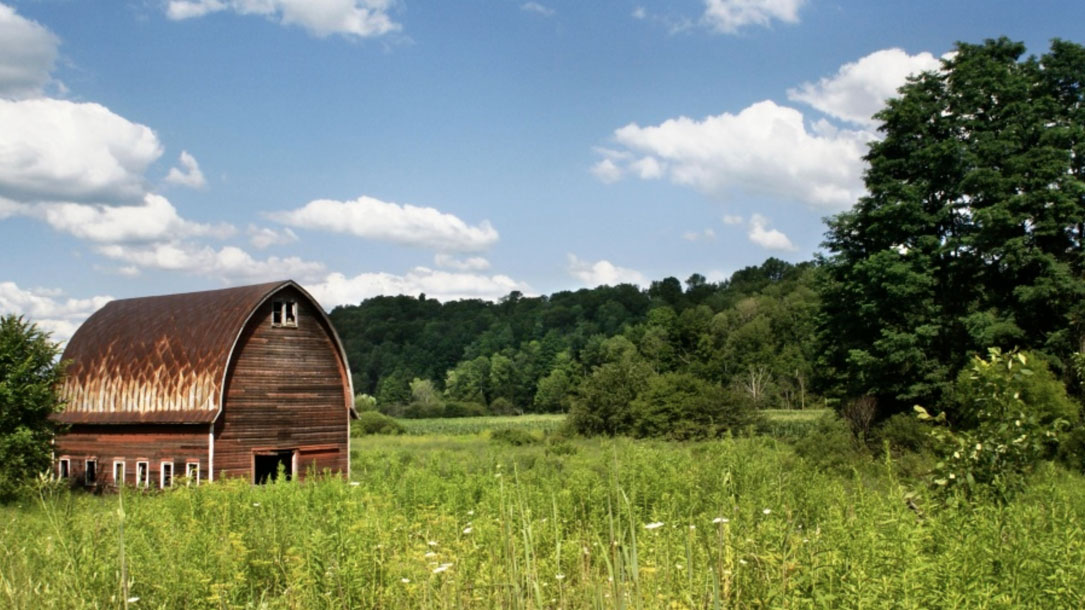
How the Inflation Reduction Act helps rural communities
The Inflation Reduction Act recognizes the critical role that America’s farmers, ranchers, and forest landowners play in addressing the climate crisis. The law will:
- Invest in helping farmers, ranchers, and forest landowners deploy climate-smart practices that will reduce greenhouse gas emissions, increase storage of carbon in soils and trees, and make their operations more productive.
- Support innovative, cost-effective ways to measure and verify climate benefits, including through USDA’s Environmental Quality Incentives Program, Conservation Stewardship Program, Agricultural Conservation Easement Program, Regional Conservation Partnership Program, and Conservation Technical Assistance.
- Help up to 280,000 farmers and ranchers apply conservation to approximately 125 million acres of land.
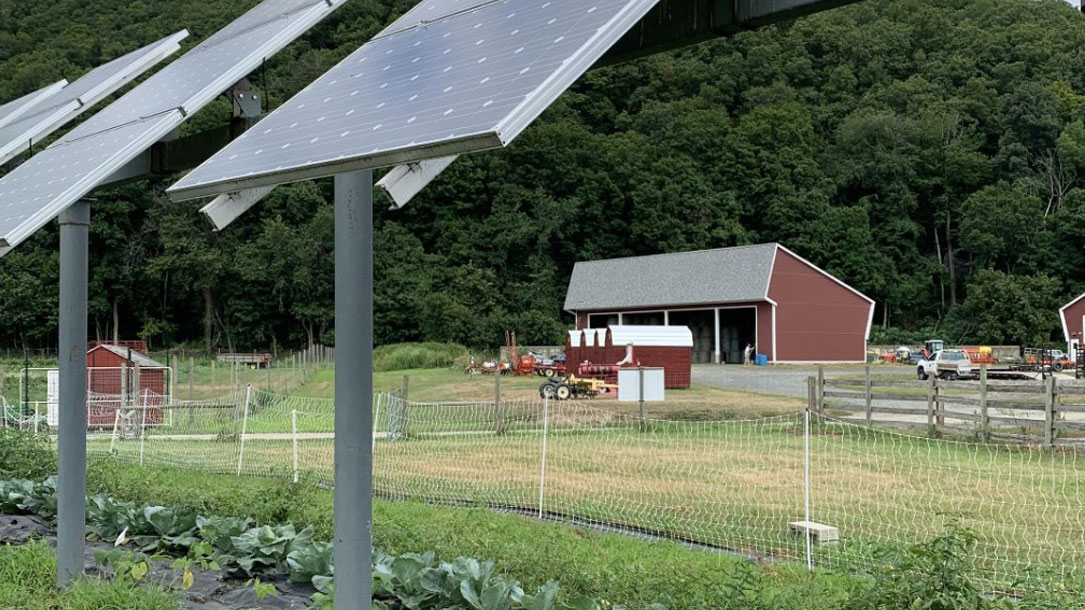
Agrivoltaics looks at farming around/among solar panels
Double cropping solar power and organic dairy production works successfully here, but the concept – called agrivoltaics – is still very new.
Agrivoltaics is a new umbrella term defined as any farming practices on the land supporting solar power.
Around the world, innovators are looking for ways that solar panels and agriculture can benefit from the other. Flowers, pollinator plants, alfalfa, grass, vegetables and greens, and fruits and berries are some of the potential crops that people are planting in conjunction with solar panels…
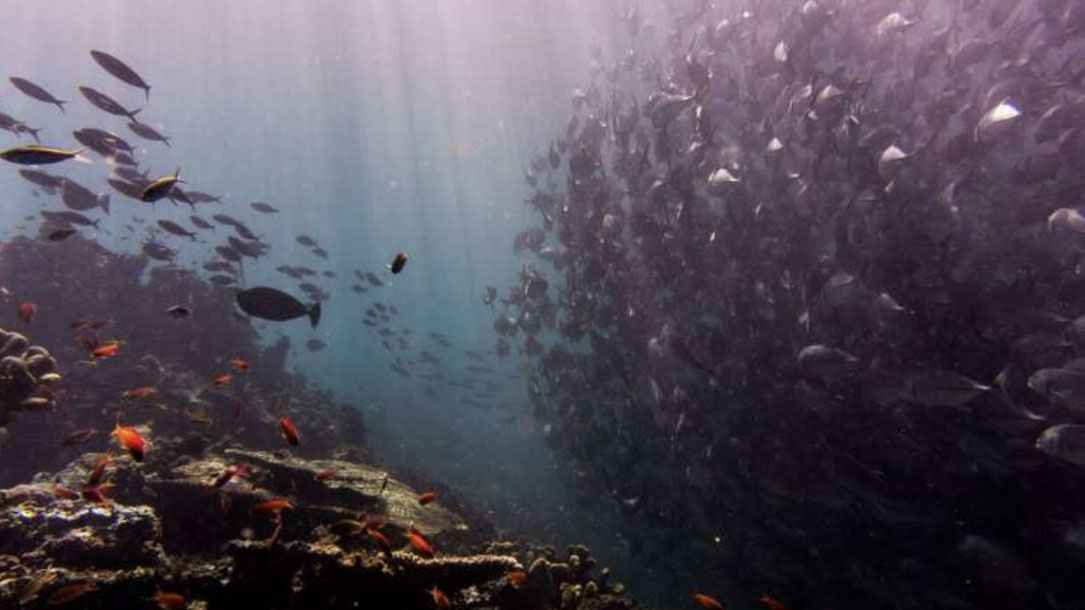
Study shows 90% of marine species at risk of extinction in 78 years if greenhouse gas emissions are not curbed
Greenhouse gas emissions impact the world’s climate in two ways. They raise the temperature of the atmosphere (and by extension, Earth’s surfaces and bodies of water) by holding in heat, and in the case of CO2 emissions, they make water more acidic, like carbonated soft drinks…
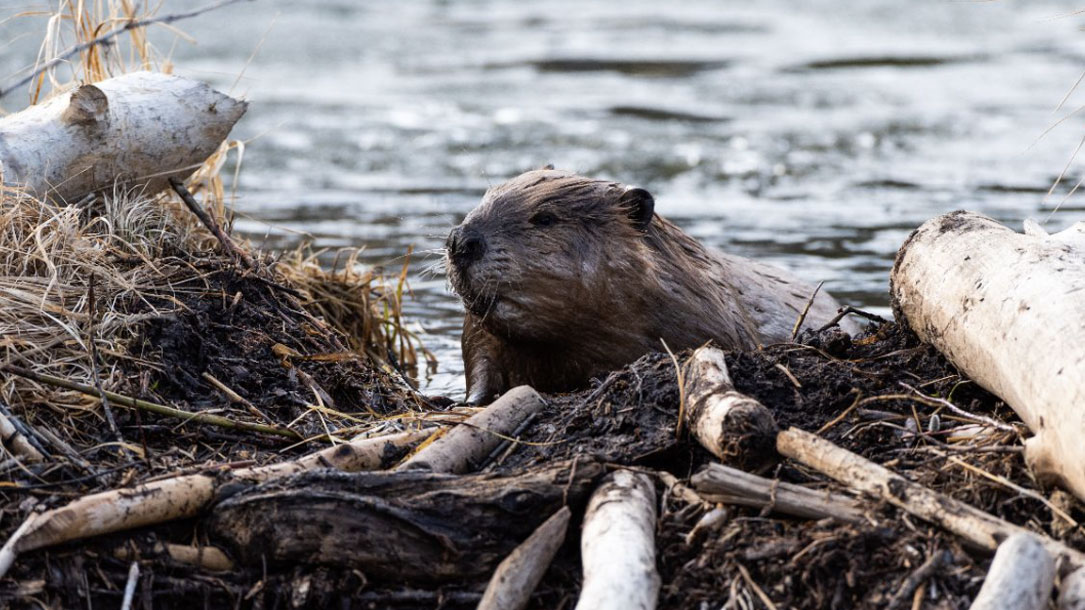
Beaver: The North American freshwater climate action plan
Rivers and streams, when fully connected to their floodplains, are naturally resilient systems that are increasingly part of the conversation on nature-based climate solutions. Reconnecting waterways to their floodplains improves water quality and quantity, supports biodiversity and sensitive species conservation, increases flood, drought and fire resiliency, and bolsters carbon sequestration. But, while the importance of river restoration is clear, beaver-based restoration—for example, strategic coexistence, relocation, and mimicry—remains an underutilized strategy despite ample data demonstrating its efficacy.
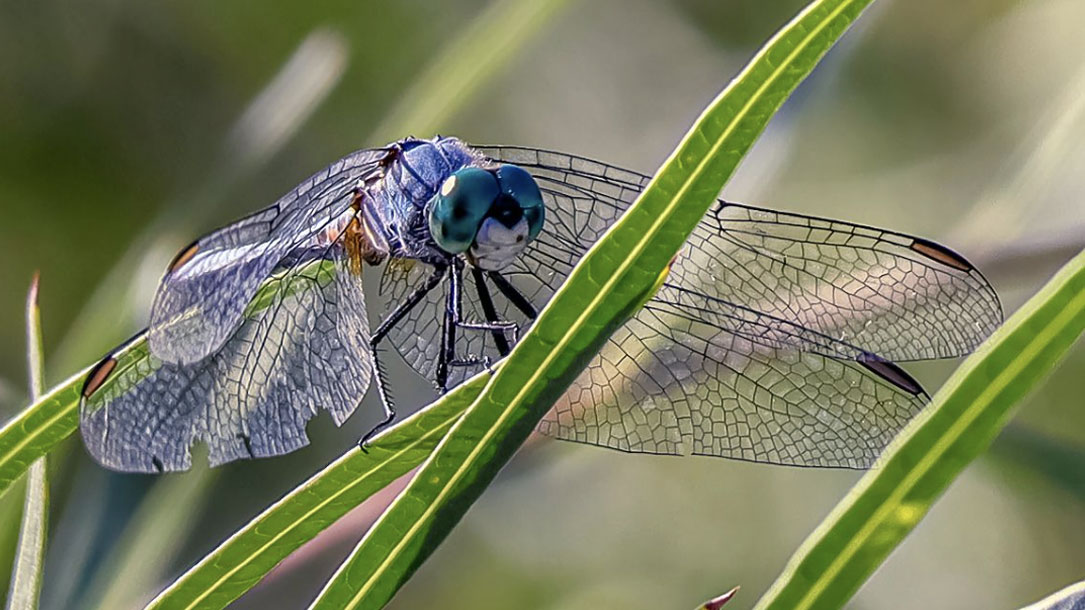
Riverscapes as natural infrastructure: Meeting challenges of climate adaptation and ecosystem restoration
Rivers have been diminished, simplified, and degraded globally by the concentration of agriculture, transportation, and development in valley bottoms over decades and centuries, substantially limiting their ecological health and value. More recently, climate change is steadily increasing stress on aging traditional, gray infrastructure. Recent trends in river management present an opportunity to address both the ecological degradation and climate stress.

By Degrees: Covering climate change
Human activity is warming the planet. This change is already reshaping how we live and interact with our environment in New Hampshire, across New England and beyond. And just as more people than ever were beginning to wake up to the climate emergency, our lives collided with the coronavirus pandemic and a generational reckoning on racial justice.
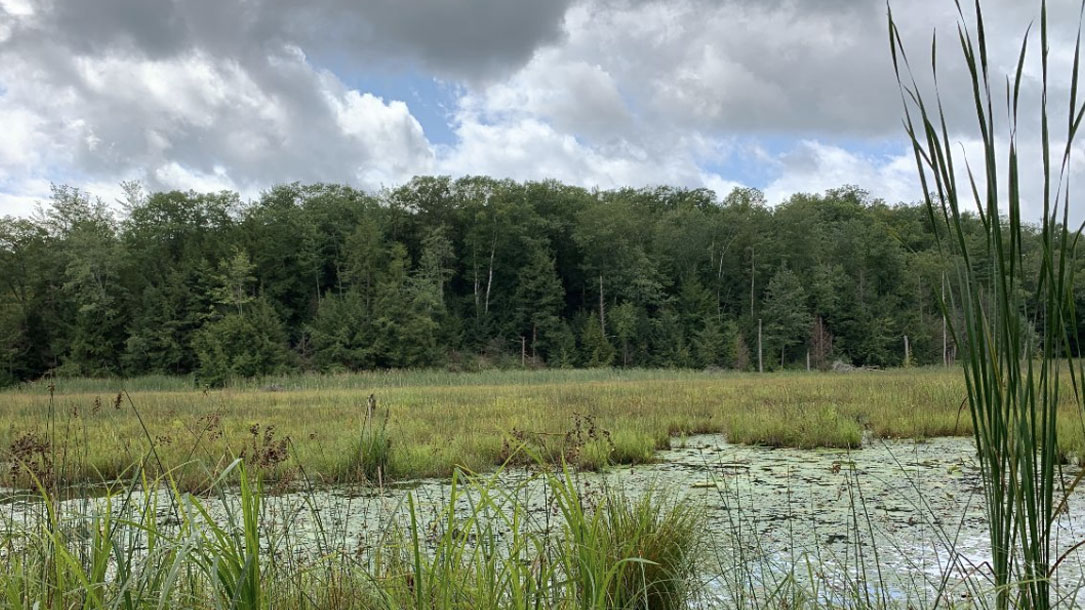
Coastal marsh migration may further fuel climate change
As rising sea levels cause marshes to move inland in six mid-Atlantic states, the coastal zone will not continue to serve as a carbon sink but release more carbon into the atmosphere, a new modeling study led by researchers at Duke University finds.
Earlier estimates focused on the potential for an expanded area of coastal marshes to capture more carbon, removing it from the atmosphere where it acts as a greenhouse gas in the form of carbon dioxide. But as coastal marshes invade low-lying forests and freshwater wetlands, the loss of trees and decomposition will release more carbon into the air than can be captured by the marshes, further contributing to global climate change…












